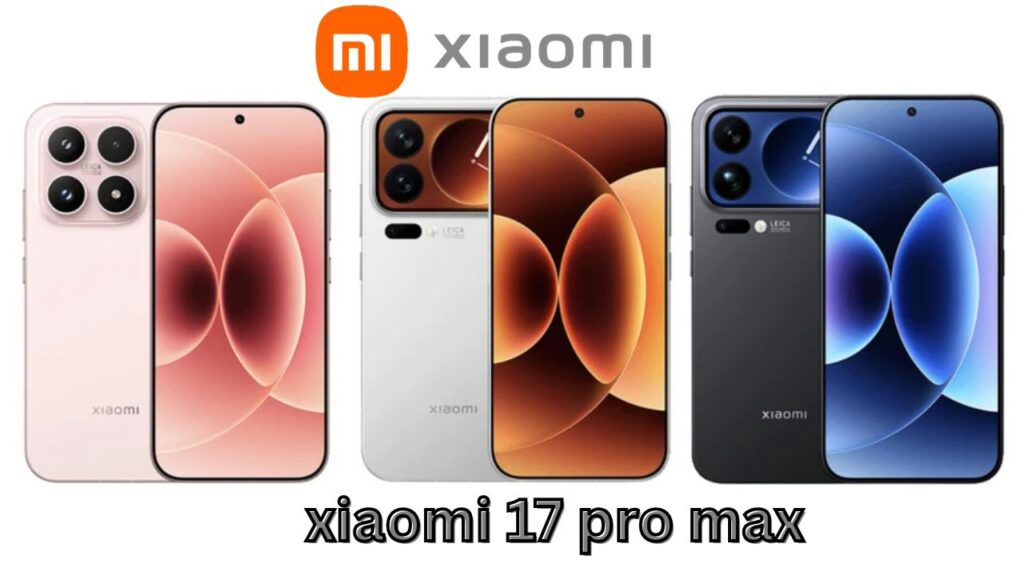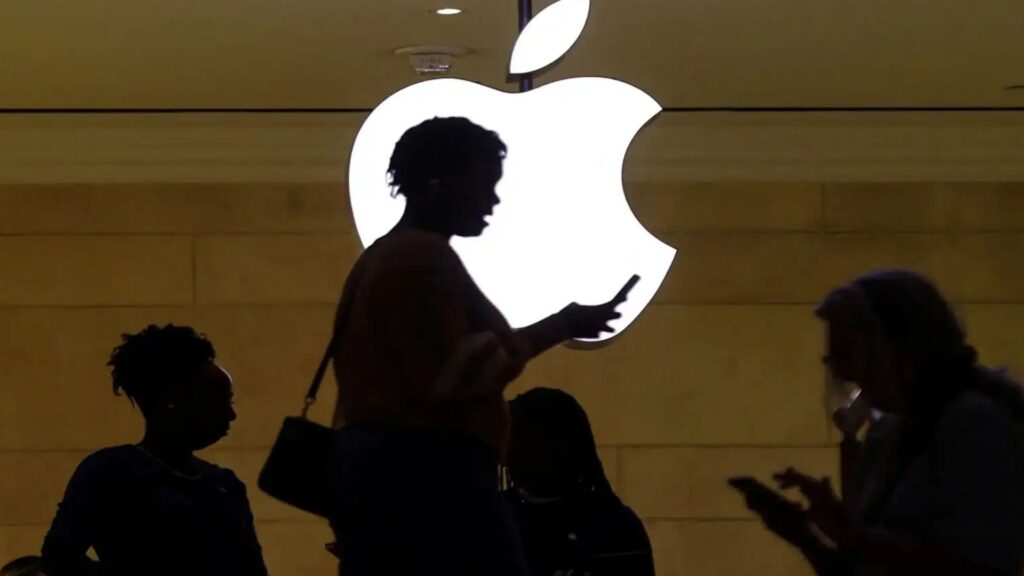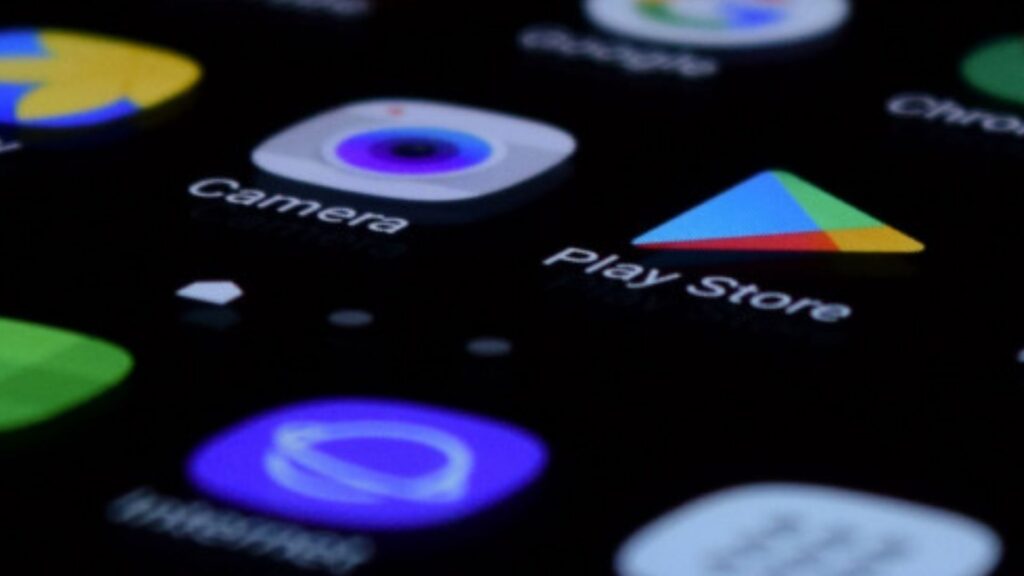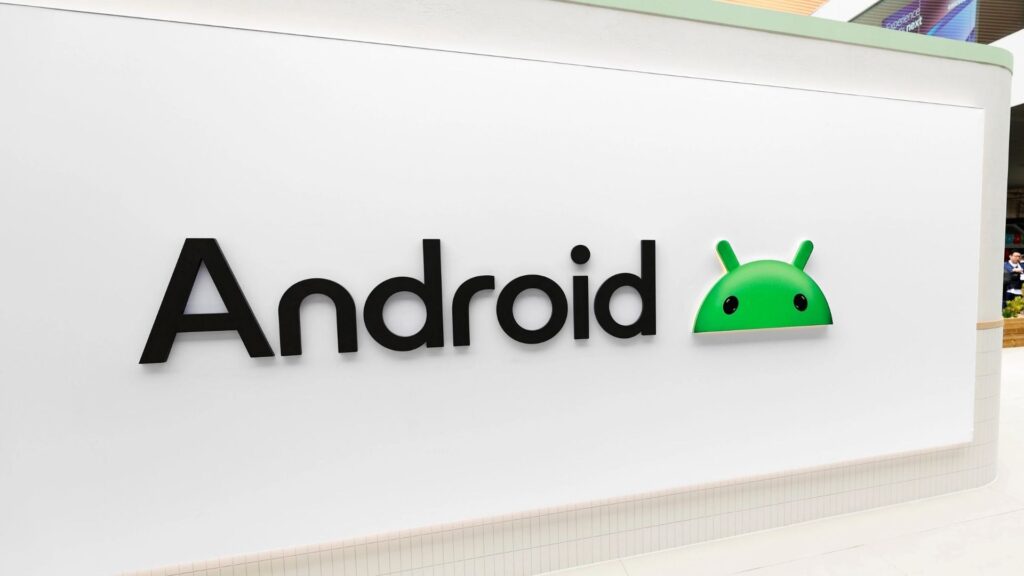Microsoft has confirmed that Windows 11’s next annual update, version 25H2, is now available for testing in the Release Preview Channel. This stage is typically the last step before an update becomes generally available, meaning users can expect a wider rollout in the second half of 2025.
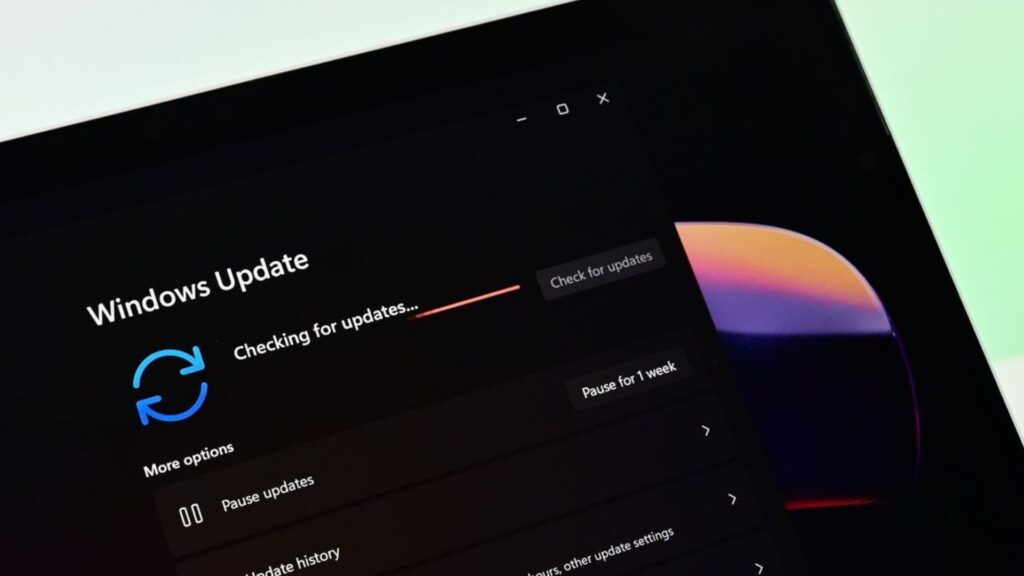
While some may expect sweeping changes in user interface or new AI-driven features, Microsoft is sticking to its streamlined delivery model. Many improvements have already been delivered through cumulative updates during the year, and the 25H2 release mainly activates those capabilities through an enablement package.
The Annual Update Cycle
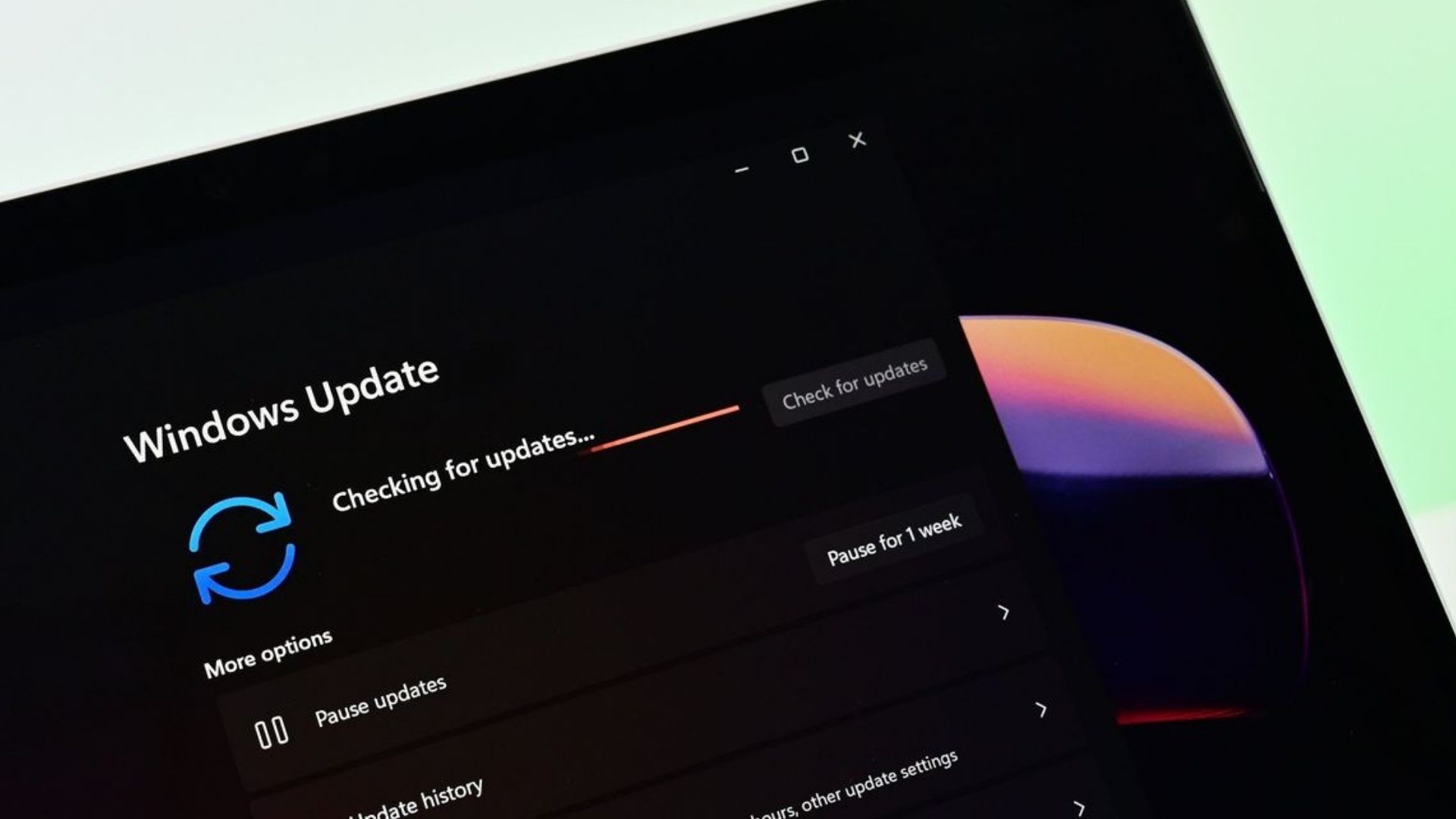
Windows 11 follows a predictable update rhythm, with one major update delivered each year in the second half. For 2025, this schedule remains intact. Version 25H2 will continue Microsoft’s policy of refining existing features while preparing the system for future capabilities.
Because of the shared servicing branch between 24H2 and 25H2, most changes are already on users’ devices but remain dormant until the enablement package is installed. This means the transition from 24H2 to 25H2 requires minimal downtime just a single restart.
Short Summary: Vertical Table
Topic |
Details |
|---|---|
Update Name |
Windows 11 version 25H2 |
Build Number |
26200.5074 |
Availability |
Release Preview Channel (Aug 2025) |
Installation |
Settings → Windows Update → Check for updates |
Update Model |
Enablement package, one restart required |
Removed Features |
PowerShell 2.0, WMIC |
Enterprise Benefits |
Ability to remove select pre-installed apps with Group Policy/MDM |
General Release |
Expected later in 2025 (Q3/Q4) |
What’s Included in Windows 11 Version 25H2
Microsoft has not highlighted new design changes or AI tools specific to this release. Instead, the update focuses on system readiness, security, and IT management. Key aspects include:
-
Feature Parity with 24H2: The same enhancements already delivered in version 24H2 continue forward.
-
Deprecation of Legacy Tools: PowerShell 2.0 and the Windows Management Instrumentation Command-line (WMIC) are removed.
-
Enterprise Controls: IT administrators in enterprise and education environments gain the ability to remove certain pre-installed Microsoft Store apps using Group Policy or Mobile Device Management (MDM) solutions.
This approach reflects Microsoft’s focus on security, system manageability, and reducing legacy components that pose risks or maintenance burdens.
Installation and Access
For early adopters and testers, Windows 11 version 25H2 (Build 26200.5074) is available now in the Release Preview Channel. Users can install it manually through the Windows Update settings:
-
Go to Settings → Windows Update.
-
Select Check for Updates.
-
Choose the optional Windows 11, version 25H2 package.
Once downloaded, the installation requires only one restart.
Commercial customers can obtain the update through Windows Update for Business (WUfB), Windows Server Update Services (WSUS), or the Azure Marketplace. Microsoft has also confirmed that ISO files for clean installations will be made available soon.
Enhancements Already in Insider Builds
Although 25H2 itself does not introduce flashy new features, Windows Insiders testing earlier builds have already seen a variety of enhancements that will eventually become part of the general release. These include:
-
Improved Android App Support: The ability to resume apps from a connected phone directly on the Windows desktop.
-
Battery Indicator Updates: A color-changing battery icon on the lock screen for better at-a-glance information.
-
File Explorer Tweaks: Expanded dark mode and updated icons for consistency.
-
Windows Share Improvements: Pinning of favorite apps and a new “Find apps” search feature.
-
Copilot AI Additions: Options like “Convert to table in Excel” and “Describe Image” showcase Microsoft’s ongoing AI integration.
-
Control Panel Migration: More legacy settings are being moved into the modern Settings app, including regional formats, Unicode UTF-8 options, and time server configurations.
-
Accessibility Features: A Braille viewer within Narrator enhances usability for visually impaired users.
These updates, combined with the enablement package model, show how Microsoft is gradually modernizing Windows without requiring disruptive full version upgrades.
Frequently Asked Questions (FAQs)
Q1: What is the Windows 11 version 25H2 update?
A. It is Microsoft’s annual feature update for 2025, delivered through an enablement package that activates features previously shipped with 24H2.
Q2: How is it different from 24H2?
A. Both versions share the same servicing branch. The primary difference is that 25H2 activates additional features already present but dormant in 24H2.
Q3: Does this update include new AI or UI changes?
A. No brand-new features were announced specifically for 25H2. However, improvements previewed in Insider builds, such as Copilot enhancements and File Explorer changes, are part of the overall Windows evolution.
Q4: What features are being removed?
A. Legacy components PowerShell 2.0 and WMIC are officially removed in 25H2.
Q5: How can IT administrators benefit?
A. Enterprise and Education editions gain new options for removing select Microsoft Store apps using Group Policy or MDM.
Q6: How do I install the update?
A. Join the Release Preview Channel, open Windows Update in Settings, check for updates, and install version 25H2 with a single restart.
Q7: When will the public release happen?
A. The general rollout is expected in the second half of 2025, likely around September or October.
Conclusion
Windows 11 version 25H2 is less about unveiling dramatic new features and more about delivering a polished, stable update cycle. By removing outdated tools, strengthening IT management capabilities, and relying on the enablement package model, Microsoft ensures that updates are smoother, faster, and less disruptive.
For More Information Click HERE
